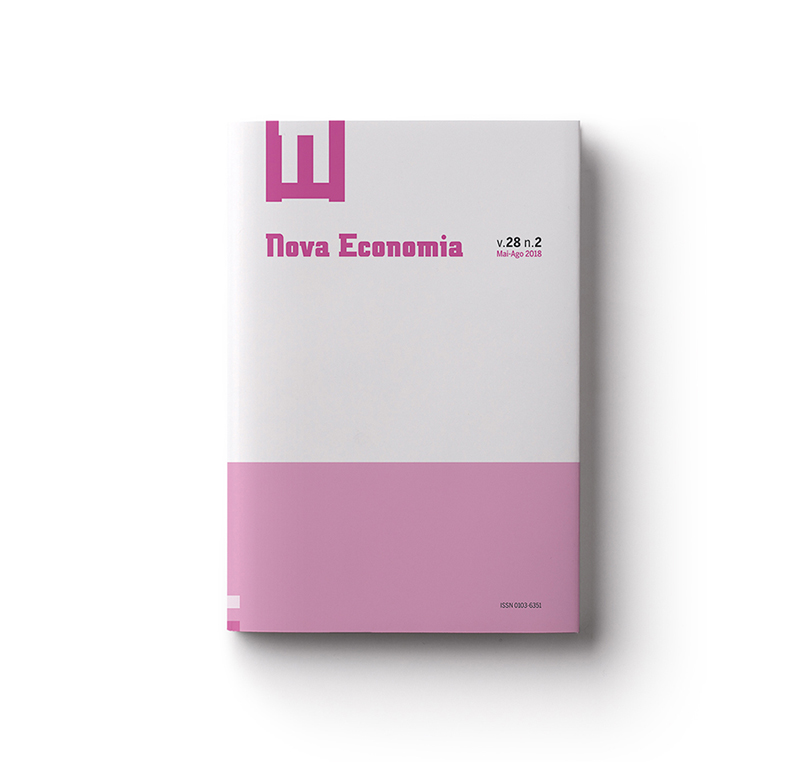Impacts of Bolsa Família program in the labor market and income of rural workers
Abstract
This study evaluates the effects of the Bolsa Família Program (PBF) in the labor market of poor families living in rural areas of Brazil. For the analysis, we used the Census (2010) and two methodologies: Balancing Entropy Quantílico and treatment effect (EQT), checking the average effect and throughout the distribution, respectively. To improve the balance between the treated group and control was applied CEM algorithm developed by Iacus, King, and Porro (2009). Thus, combined with the CEM balancing entropy to determine the Average Treatment Effect on Treaties (ATT). As a result, it was observed that in Brazil and regions, the working hours of the beneficiaries is lower than that of non-beneficiaries, as well as labor income. The effects on distribution, for most quantile the effect is null, however, in some quantile, beneficiaries have fewer working hours than non beneficiaries. Therefore, the results in the average indicated a possible "disincentive effect" of the program on the hours worked, causing a decrease in household income from work. On the other hand, the analysis by quantile can not say the same, as the results of the effects on hours worked were different.
Downloads
Published
How to Cite
Issue
Section
License
Authors who publish with this journal agree to the following terms:
- Authors retain copyright and grant the journal right of first publication with the work simultaneously licensed under a Creative Commons Attribution 4.0 International License that allows others to share the work with an acknowledgement of the work's authorship and initial publication in this journal.
- Authors are able to enter into separate, additional contractual arrangements for the non-exclusive distribution of the journal's published version of the work (e.g., post it to an institutional repository or publish it in a book), with an acknowledgement of its initial publication in this journal.
- Authors are permitted and encouraged to post their work online (e.g., in institutional repositories or on their website) prior to and during the submission process, as it can lead to productive exchanges, as well as earlier and greater citation of published work (See The Effect of Open Access).




